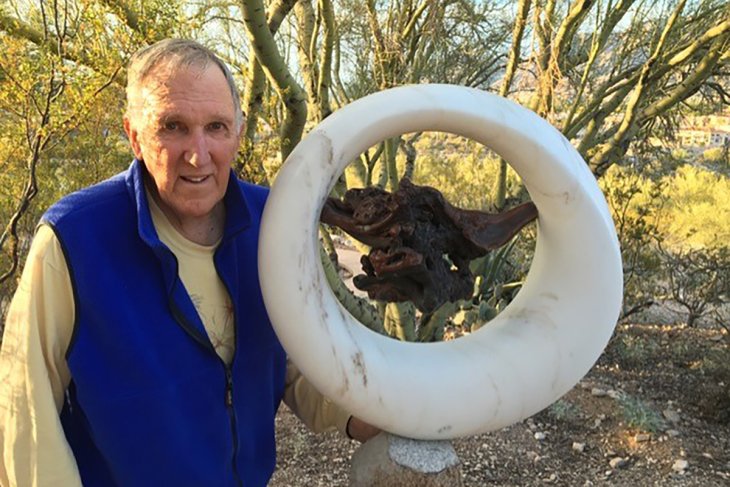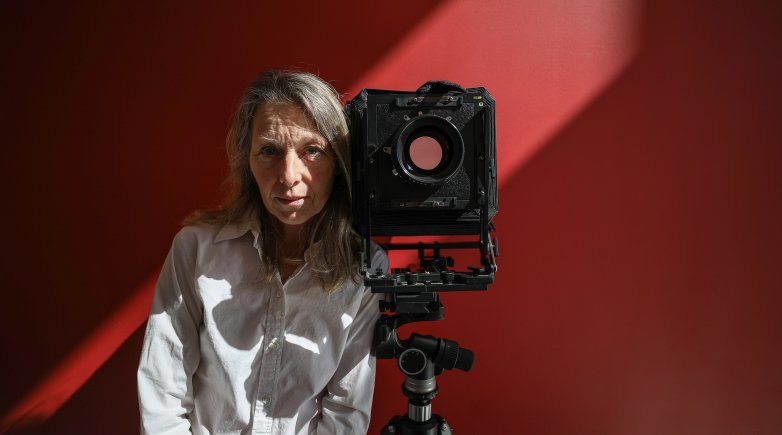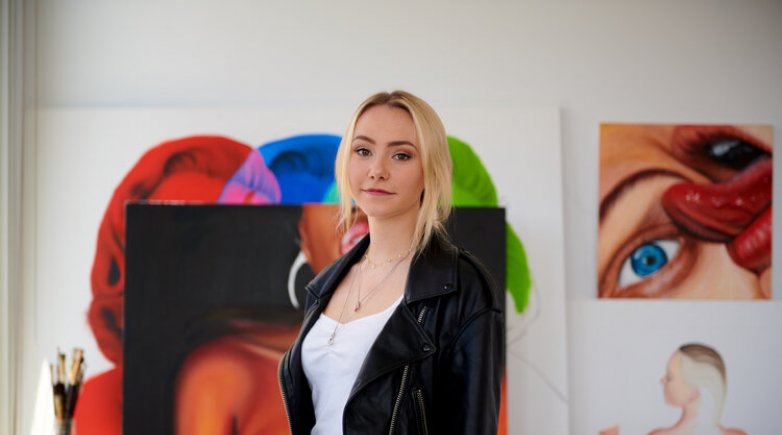Hugh Thompson

“If we do the service and see the love in every instance … we’re going to grow spiritually and have a joyful life.”
In 1992, Hugh Thompson ’53 received what he calls “a nudge” from the universe. Its message was clear: “There’s more out there. You’ve got to retire.” But he had spent years building his Tucson, Arizona, orthopedic practice and couldn’t afford to leave. The next year the nudge returned: “There’s something else in life for you to do.” By the third nudge, Thompson surrendered and retired from his life’s work at age 59½. The last prompt was helpfully specific: “Try art.”
Art? Thompson was an adventurer, athlete and accomplished surgeon. At 16, he packed two bags and left Arizona for the Academy on his first train ride (it lasted three days). He rowed in the 1956 Olympics. After three years of residency at Columbia-Presbyterian in New York, he shipped to Vietnam in 1967 to serve as the lone surgeon in a 350-bed field hospital.
But an artist? Gamely, he tried drawing, water colors and ceramics. Nothing clicked. Then a retired friend-turned-sculptor offered Thompson hand chisels and a chunk of alabaster and said, “Here, play with this.”
“I hammered away for a few weeks and, man, I fell in love,” Thompson says.
In 2000, he attended a quarry workshop in Colorado. Inspired by his son’s year in Spain, he crafted “Flat Tire, A Tribute to Miró” — his first, particularly meaningful marble, as Thompson’s son died of melanoma at age 36.
Perhaps not coincidentally, Thompson’s curvilinear structure suggests a hipbone. Stonework “is so much like orthopedics,” Thompson says. “Tools, hammers, chisels and good old calcium carbonate, expressed differently in bone and marble,” not to mention the required patience and dexterity.
As a sculptor, Thompson begins by making a small clay model, or maquette, placing it on graph paper and photographing it from four angles. He enlarges the photos to the desired size and traces the image onto a stone of commensurate size. Finally, he chips away the extraneous rock until the image emerges in three dimensions.
A large marble might take six months to complete, softer alabaster two to three. Thompson uses mainly hydraulic tools with carbide-tipped chisels or diamond-coated grinders and 40- to 1,200-grit sandpaper to create the roundness he loves. It’s aloud, dusty process.
Despite their solidity, his sculptures dance. A piece of stone clasps a twisted ironwood root in an abstract yet recognizable embrace. A soaring marble hawk, held aloft by a metal stalk, swoops toward a bronze mouse on a rock. A honeycomb-calcite leaf glows like gold.
“I was lucky to find a passion so late in life that came out of the blue,” Thompson says. But he has not retired to the atelier fulltime. In addition to decades as a hospice caretaker, he’s a 35-year member of Rotary International, volunteering near (mentoring students at a high-risk Tucson school) and far (transporting wheel-chairs to Mexican children in need). For years, he biked for Rotary’s annual 30-plus-mile Tucson Valley fund-raiser, although lately, he sticks to a 90-minute indoor ride. A sculpture he donated, an ethereal alabaster lily with brass stamens, helped Rotary raise $5,200 for avocational high school.
Rotary’s motto “Service Above Self ” jibes with Thompson’s commitment to Exeter’s non sibi values, and with a tenet of Eckankar, a spiritual practice Thompson embraced shortly before retiring. “Our goal in Eckankaris for each individual to choose their own path and build a life they want with their consecutive choices,” he says. “If we do the service and see the love in every instance and are grateful for all the gifts we have individually, however tiny, we’re going to grow spiritually and have a joyful life.”Eckankar’s universal name for God is HU, pronounced Hugh — perhaps another nudge affirming Thompson’s sculptural and spiritual path.
Editor's note: This article first appeared in the winter 2023 issue of The Exeter Bulletin.



